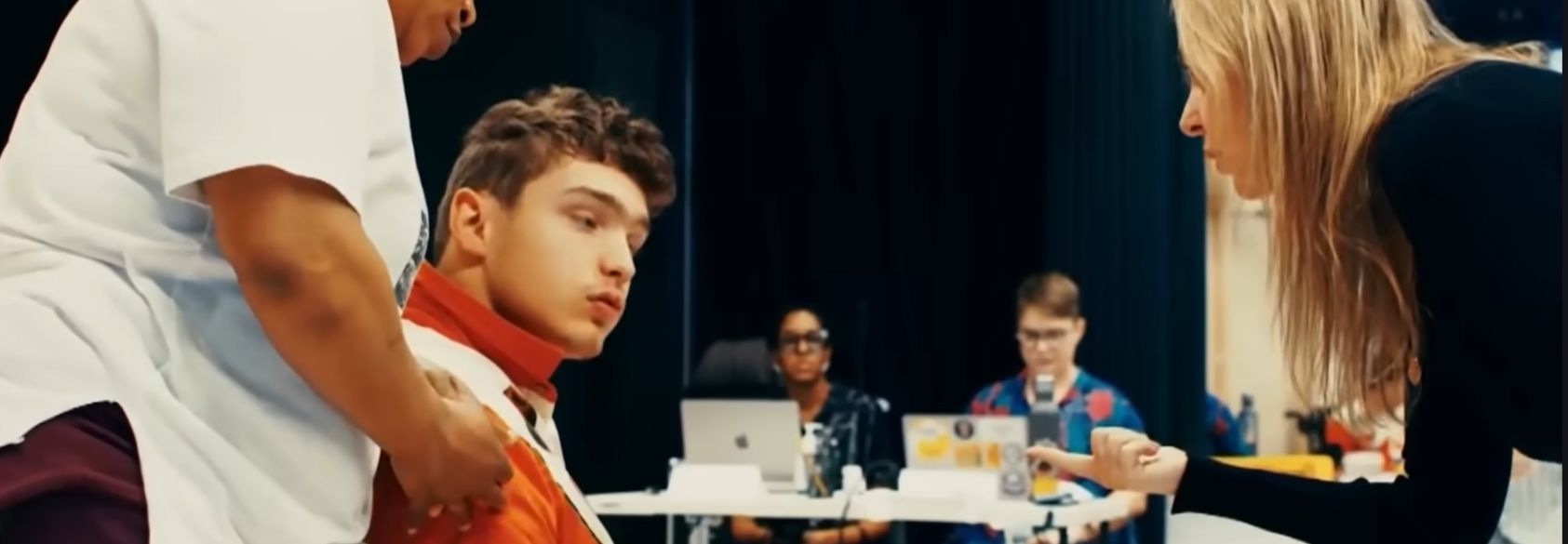Opera Uses AI to Give People With Non-Verbal Disabilities a Voice
A groundbreaking opera project uses AI to help people with non-verbal disabilities perform and express themselves on stage.

Empowered by AI and the arts—opera rehearsal helps give voice to non-verbal performers, breaking barriers in communication and creativity.
Share
July 18, 2025
A groundbreaking opera project uses AI to help people with non-verbal disabilities perform and express themselves on stage.
Share
NOTE: If you are short on time, watch the video and complete this bell ringer activity: What did you notice? What did the story make you think about? What would you want to learn more about?
At an Omaha, Nebraska, festival this summer, new work explores the intersection of art, disability and technology, asking questions like "who has a voice?" and "who gets to be heard?" Senior arts correspondent Jeffrey Brown reports on this unusual undertaking for our arts and culture series, CANVAS.
View the transcript of the story.
Assignment: Look around your school or town to find a specific place that could be improved to better support people with disabilities (for example, building entrances, restrooms, sidewalks, classrooms or bus stops).
Write a short proposal to your school or town administration explaining why this area poses a difficulty for people with disabilities and suggest a solution.
In your proposal, be sure to include:
In this collection, you will find resources to help students better understand different disabilities, promote inclusion, challenge ableism, and make accommodations for others.
Republished with permission from PBS News Hour Classroom.
